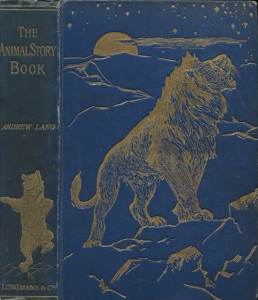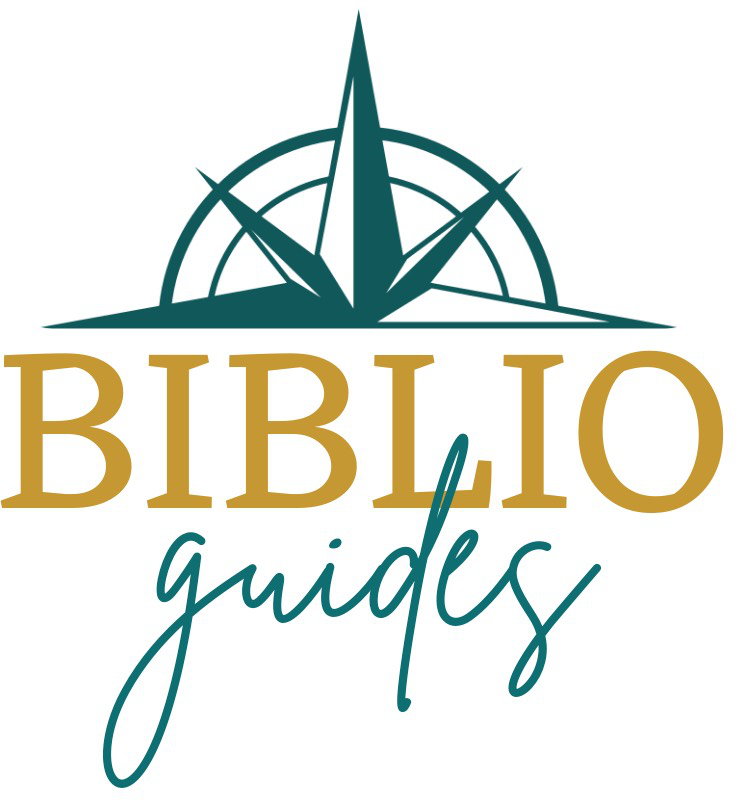The Animal Story Book (Adaptation)

Illustrator:
H. J. Ford
Andrew Lang
Publication:
1896 by Longmans, Green and Co., Inc.
Genre:
Fairy Tales, Fiction, Folk Tales
Series:
Andrew Lang's Fairy Books
Pages:
400
Current state:
This book has been evaluated and information added. It has not been read and content considerations may not be complete.
Book Guide
Search for this book used on:
Scottish scholar and important literary figure Andrew Lang (1844-1912) is perhaps best remembered today for compiling and editing the famous series Fairy Tales of Many Colors. In the present collection, he focuses on stories about "the friend of children and fairies—the beasts."
These 66 charming stories, adapted and translated from tales by Alexandre Dumas, Theophile Gautier, Pliny and other well-known authors, ranges from delightful narrative about the tiniest of creatures ("Stories of Ants") to large, four-legged mammals ("The Ship of the Desert"). Tales of animals that inhabit land, sea, and air are recounted, among them, "Snake Stories," "What Elephants Can Do," "How a Beaver Builds His House," "The Battle of the Mullets and the Dolphins," "Dolphins at Play," "The Buzzard and the Priest," "Madame Theophile and the Parrot," and "Eccentric Bird Builders."
Fairy-tale fans and animal lovers of all ages will delight in these time-honored tales; each tale is accompanied by a charming period illustration.
From the cover of the Dover reprint edition
To view an example page please sign in.
Find This Book
Search for this book used on:



